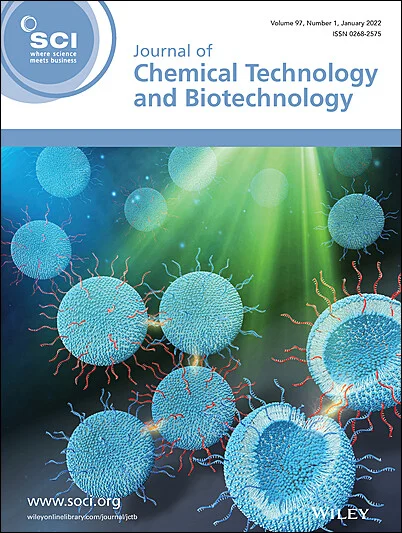Optimization of crude glycerol purification from grease trap waste biodiesel production: exploring the synergistic effect of mixed extraction alcohols on enhanced glycerol purity
Abstract
BACKGROUND
The purification of crude glycerol, a byproduct of biodiesel production and grease trap waste, is essential for its utilization in high-value applications. Achieving exceptionally pure glycerol without relying on energy-intensive vacuum distillation during transesterification is of substantial economic interest.
RESULTS
This investigation focuses on crafting a purification process involving chemical treatment (neutralization), adsorption and extraction. The assessment of the neutralization process using sodium hydroxide (NaOH) and potassium hydroxide (KOH) revealed their comparative efficacy. Activated carbon adsorption was used to reduce coloration in crude glycerol, with weights set at 4 and 8 wt%. Efficient salt extraction from crude glycerol was explored using solvents such as methanol, ethanol and isopropyl alcohol in varying mass ratios to crude glycerol (1:1 and 2:1). The study also examined the synergistic effects and impact of mixing alcohol solvents. Optimal conditions for achieving high purity (92.44%) were identified as the combination of KOH, 8 wt% activated carbon and a 2:1 ratio of a mixture of the three alcohols.
CONCLUSION
The combined effects of employing a mixture of alcohols significantly enhance the extraction process, resulting in the efficient and successful purification of glycerol. These outcomes offer valuable insights into improving the extraction process in industrial settings, leading to the production of high-quality glycerol products. © 2024 Society of Chemical Industry (SCI).

 求助内容:
求助内容: 应助结果提醒方式:
应助结果提醒方式:


